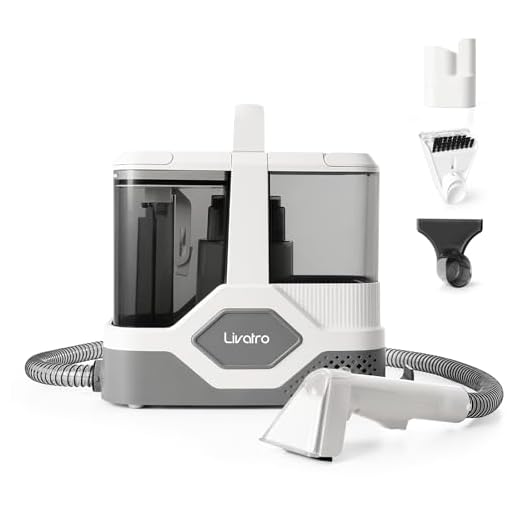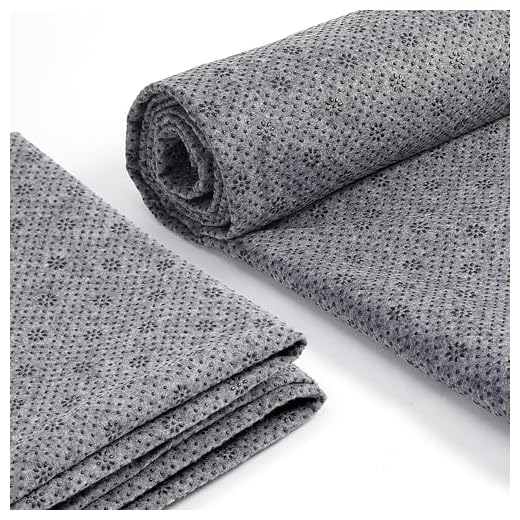

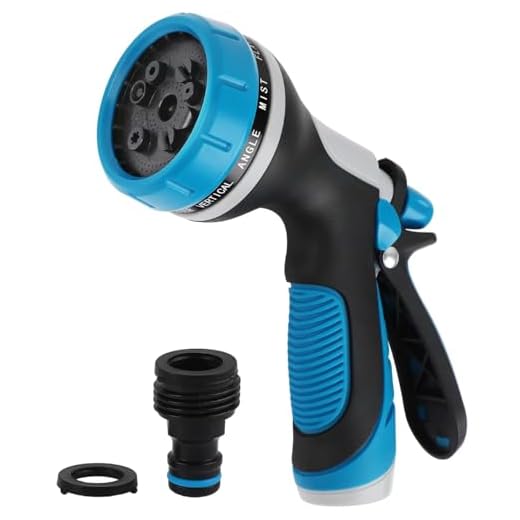

The application of high-pressure devices on carpets is not advisable under most circumstances. While some may suggest this method for quick results, significant risks lie in potential damage to the fibres, backing, or even the underlying floor surfaces. When excessive force is applied, delicate textiles can fray, distort, or lose colour. It’s imperative to consider the material composition of the carpet before proceeding.
Alternatives such as vacuuming thoroughly, spot cleaning with appropriate detergents, or engaging professional services provide safer and more effective solutions. If the rug is particularly soiled, consider pretreating the stain and using a gentler approach with a milder cleaning tool. Experience has taught me that the longevity of a carpet often outweighs the convenience of fast cleaning methods.
For outdoor mats or rugs made from resilient materials, splash cleaning might be feasible, but caution remains essential. Use lower water pressure settings and maintain a safe distance while rinsing. Always remember to allow adequate drying time post-cleaning to prevent mildew and odours.
Assessing the Rug Material Compatibility with Pressure Washing
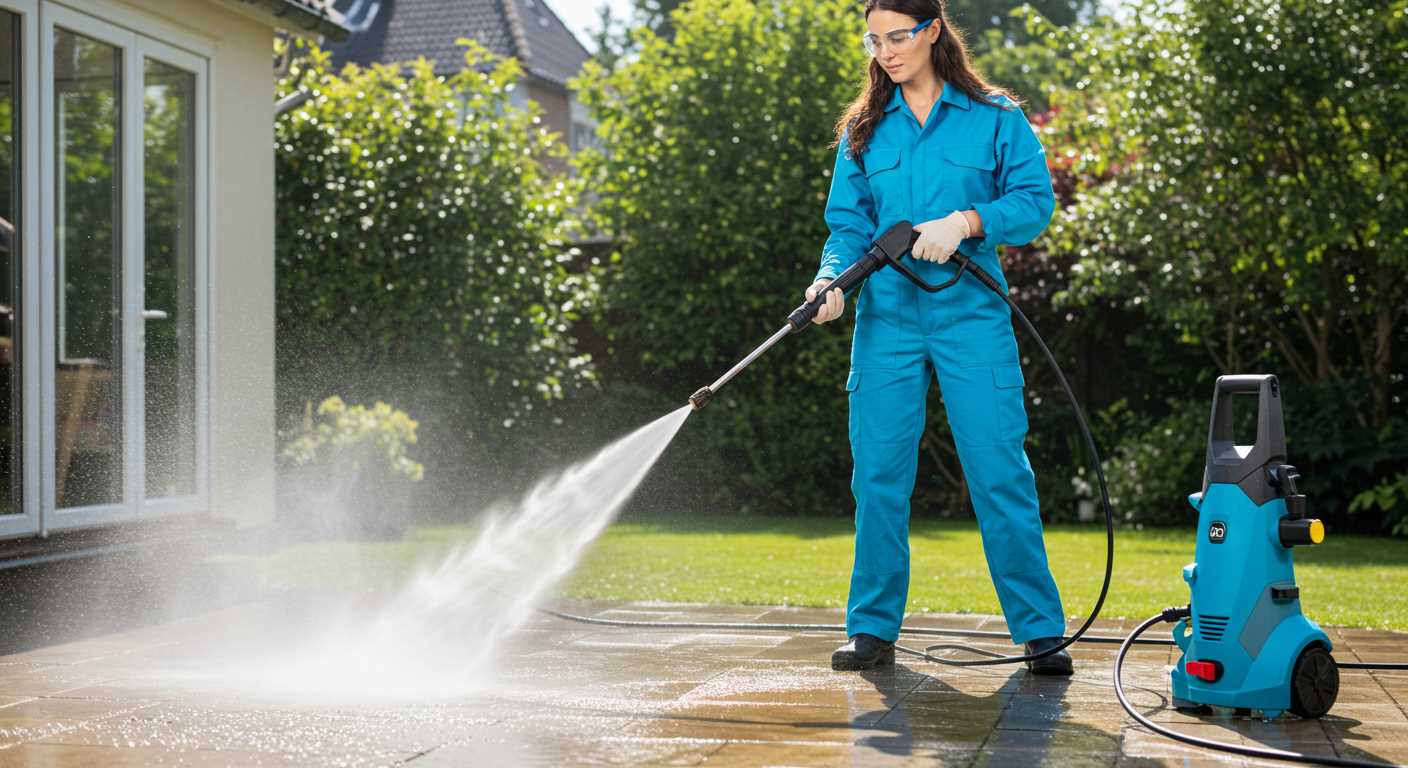
Before attempting to refresh textiles, it’s crucial to evaluate the material composition. Natural fibres such as wool and cotton generally do not respond well to high-velocity water. These materials can shrink, warp, or lose their vibrant colours if exposed to intense jets. Synthetic fibres like nylon or polypropylene are typically more resilient and can handle more vigorous cleaning methods; however, caution is still advised.
For specifically woven items, consider their construction. Hand-woven or delicate fabrics may suffer from fraying or damage under high pressure. If unsure, conduct a patch test on a small, inconspicuous section. This will help in gauging durability without compromising the entire piece.
Additionally, examine any attached elements such as fringe or backing materials. These components might degrade or detach when subjected to extreme force. If there’s any hesitation regarding adaptability, opting for alternative methods such as gentle scrubbing or vacuuming can be wiser and more effective.
For items with intricate patterns or colours, fading can become an issue. It’s advisable to consult care labels or manuals provided by the manufacturer. They often contain important details about water resistance and cleaning methods suitable for the textiles.
Understand the implications of your choice; a significant risk lies in overestimating the robustness of materials. Prior testing and careful consideration of the fabric type lead to better upkeep without compromising quality.
Preparation Steps Before Using a Pressure Washer on a Rug
Begin by removing debris and dirt from the surface. Vacuum thoroughly to eliminate loose particles that can interfere with the washing process. This step ensures that the project focuses on deep cleaning rather than just moving dirt around.
Next, inspect the item for any visible stains or damage. Treat stains with a suitable pre-treatment solution that aligns with the rug’s material. Allow the cleaning solution to dwell for a specified period to break down tough spots effectively.
Setting Up the Washing Area
Designate a suitable space for the task to avoid cross-contaminating other surfaces. If possible, work outdoors on a flat surface, ensuring proper drainage. Protect surrounding areas with tarps or plastic sheeting to prevent water damage.
Equipment and Settings
Before starting, check the specifications of the device to confirm it’s appropriate for the task. Select a suitable nozzle, generally a wide spray to disperse water evenly without causing damage. Set the device to a low-pressure setting to minimise the risk of harming the fibres. Test the pressure on an inconspicuous area to gauge the effect before proceeding.
Recommended Pressure Washer Settings for Rug Cleaning
Set the nozzle to a wide spray pattern, ideally a 25-degree or even 40-degree setting, to distribute water gently across the surface. This prevents damage while still offering effective washing. Adjust the pressure between 1200 and 1500 PSI; this range is potent enough to remove dirt without compromising the fibres.
Always maintain a distance of about 2 feet from the surface while spraying. This helps avoid intense direct contact, which might fray or displace individual threads. For extra caution, start testing on a less visible section to gauge responsiveness.
If detergent is being employed, select a low-pressure setting to apply it initially. Allow it to sit for about 5-10 minutes, then switch back to the wider nozzle and higher pressure to rinse thoroughly. Ensure that any chemicals used are compatible with the materials in the fabric.
Consider utilising a detergent injection feature if available, as it can enhance cleaning effectiveness. Follow the manufacturer’s guidelines for mixing the cleaning solution, ensuring dilution is correct to avoid any unwanted residue.
Monitor your working technique. Always move the nozzle in straight lines, overlapping each pass slightly to ensure coverage, while avoiding excessive scrubbing motion, which can overly agitate the fibres. Finish with a thorough rinse to eliminate any cleaning agents and dirt.
It is wise to be patient during the process. Allow the fabric to air dry completely once finished. If necessary, use fans or dehumidifiers to assist with the drying time, preventing mildew or odour retention.
Techniques for Applying Water and Detergent to a Rug
For optimal results while treating a textile surface, consider these steps for water and detergent application:
Dilution and Preparation of Detergent
- Select a compatible cleaning solution based on the fabric type.
- Mix the detergent with water according to manufacturer instructions; usually, a solution ratio of 1:10 is effective.
- To enhance cleaning, allow the mixture to rest for 5-10 minutes, facilitating the activation of cleaning agents.
Application Techniques
- Utilise a garden sprayer or a handheld pump sprayer for even distribution of the cleaning solution.
- Start at one edge, working across in overlapping strokes to avoid unaddressed patches.
- Allow the solution to sit for 10-15 minutes, giving it time to penetrate and break down dirt.
After the detergent has settled, it’s crucial to rinse thoroughly to remove any residue. In situations where a machine applies water and detergent simultaneously, maintain a distance of at least 12-15 inches from the surface to prevent damage. Testing a small, inconspicuous area before full application is advisable to ensure no adverse reactions occur.
In summary, effective application hinges on proper preparation, even distribution, and sufficient dwell time for the cleaning solution. These techniques will result in the best possible outcome for your cleaning venture.
How to Rinse and Dry the Rug After Pressure Washing
Thorough rinsing is vital post washing to ensure no detergent residues linger on the fibres. After applying cleaning solutions and scrubbing, switch the equipment to a lower setting, typically around 1200 PSI, to avoid damaging the fabric.
Rinsing Process
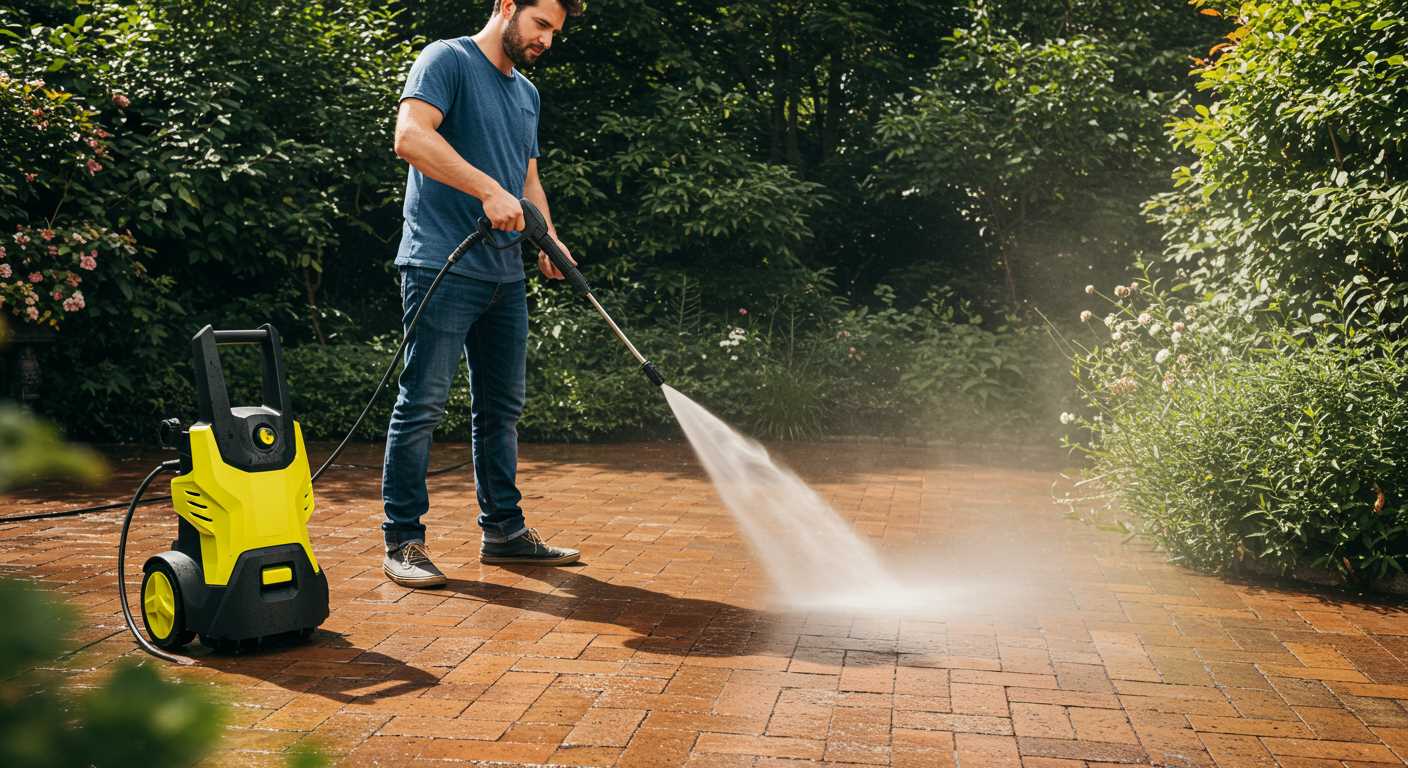
Begin rinsing by standing at a distance of 2-3 feet from the surface, using a fan spray nozzle to evenly distribute water across the area. Maintain a consistent movement to prevent water pooling, which can result in mildew and odours.
Make sure to cover all sections repeatedly until suds are no longer visible. This step can take several minutes depending on the size of the item. If necessary, switch to clean water and continue rinsing until satisfied with the results.
Drying Techniques
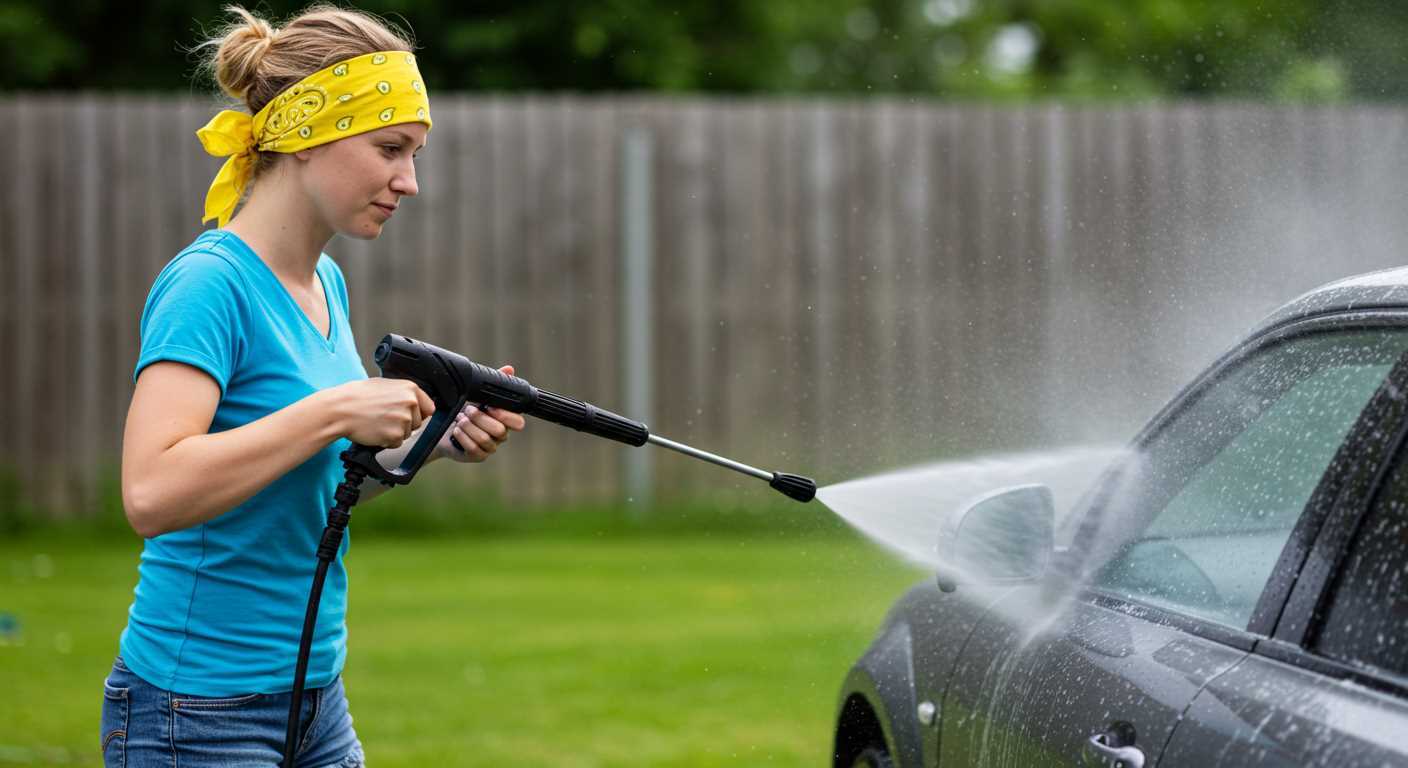
After rinsing, the drying phase is critical. Remove excess moisture by using a wet/dry vacuum or by blotting with a clean towel. Avoid wringing out the fabric to prevent distortion.
For optimal drying, hang the item in a well-ventilated space or outside if weather permits. Ensure it is spread out flat to allow air circulation. If using a fan, direct airflow over the surface; this expedites moisture evaporation.
Avoid direct sunlight exposure which can lead to fading. If the item remains damp, consider using a dehumidifier to aid the process. Check the humidity levels; ideally, it should be below 50% for safe drying.
| Rinsing Steps | Drying Methods |
|---|---|
| 1. Use low pressure for rinsing | 1. Blot with clean towels |
| 2. Maintain distance of 2-3 feet | 2. Hang in a ventilated area |
| 3. Ensure even coverage | 3. Avoid direct sunlight |
| 4. Remove all detergent residues | 4. If necessary, use a dehumidifier |
Common Mistakes to Avoid When Pressure Washing Rugs
One significant error is neglecting to check the manufacturer’s cleaning guidelines. Always consult care labels to assess whether your textile can withstand high-pressure water application without damage.
Overlooking Pre-Treatment
Applying detergent directly without pre-treating stains can lead to poor results. Identifying and treating stains ahead of time ensures they lift effectively during the washing process.
Ignoring the Right Nozzle Choice
Utilising the wrong nozzle can result in uneven distribution of water or unintentional damage. Opt for a wide-angle nozzle to disperse water gently across the fabric, minimising the risk of fraying or tearing.
Failing to maintain the correct distance is another common blunder. Holding the nozzle too close can cause the fibres to fray. Maintain a minimum distance of 12 inches to ensure a gentle clean.
Lastly, inadequate rinsing can leave residue on the material. Thoroughly rinse the textile after washing to eliminate any detergent remnants that may attract dirt over time. Proper drying methods are equally crucial; use an appropriate method to avoid mould and mildew growth.
By avoiding these errors, the results can be significantly improved, ensuring the longevity and appearance of your fabric investment.
Alternative Cleaning Methods for Delicate Rugs
For intricately woven textiles or those made from sensitive fibres, gentler techniques are paramount. Begin with vacuuming thoroughly to eliminate loose debris. Next, employ a damp cloth with a mild detergent for spot treatments on stained areas. Blot gently to avoid damaging the fibres.
Steam Cleaning
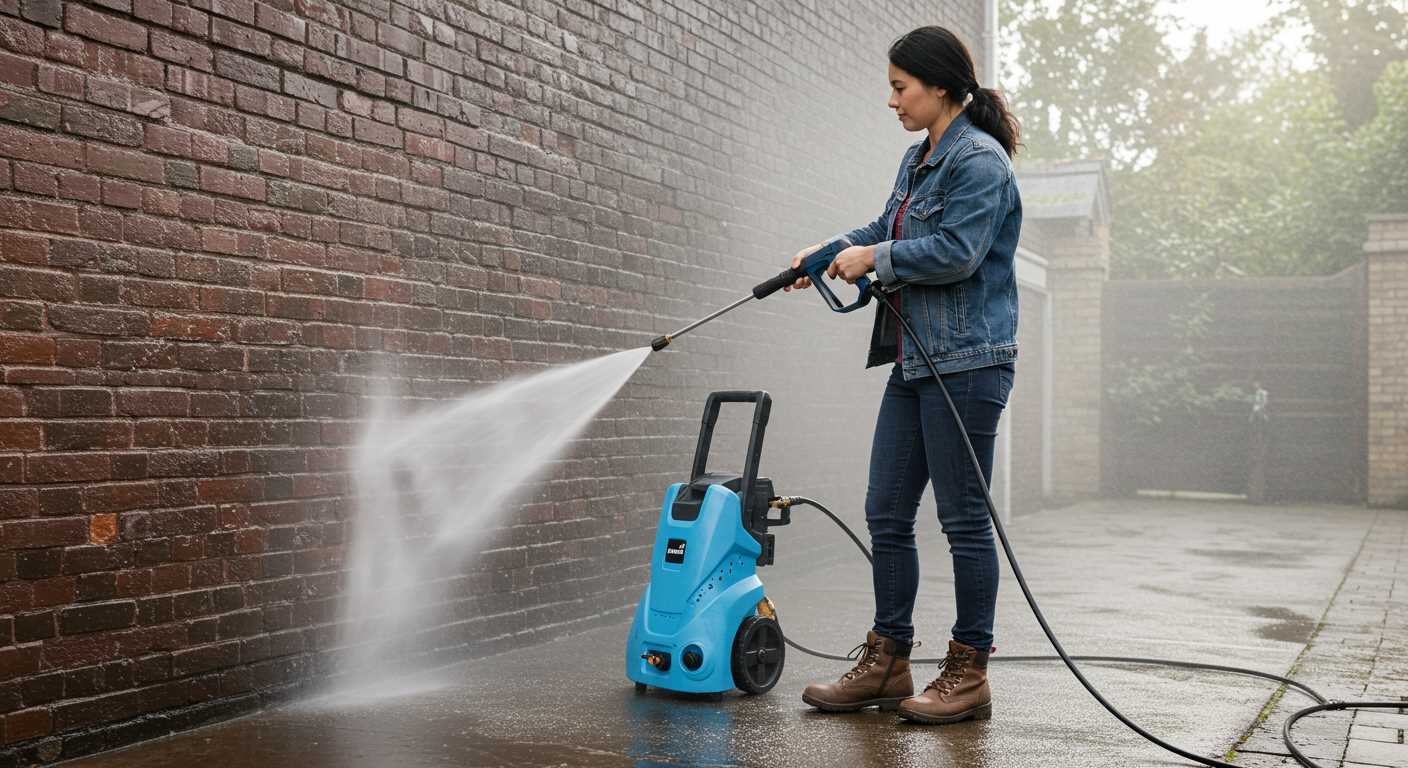
Utilising a steam cleaner can provide deep sanitation without harsh chemicals. Ensure the steam isn’t too hot to prevent fibre wilting. Work systematically across the surface, allowing sufficient drying time post-cleaning.
Dry Carpet Cleaning
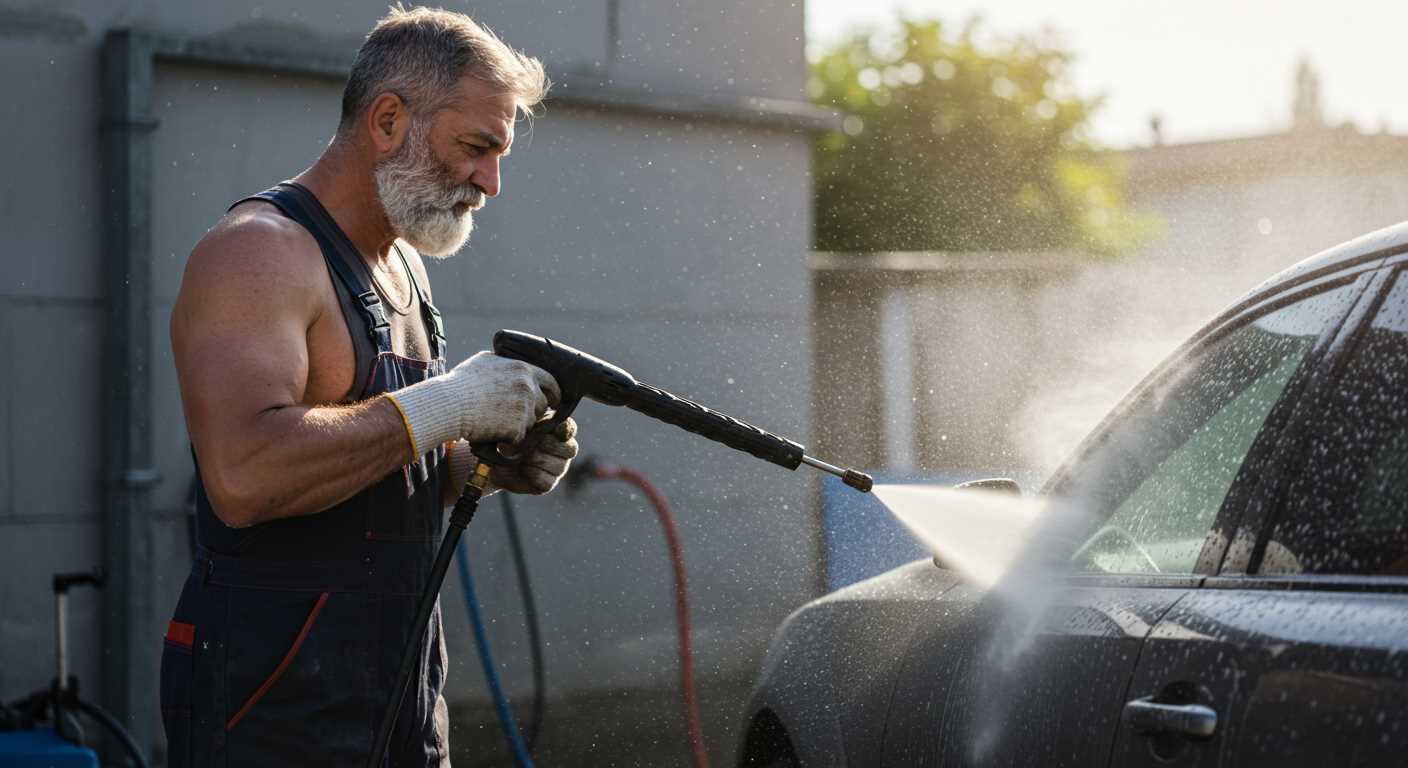
Consider dry cleaning compounds specifically designed for textiles. Sprinkle the compound, work it into the fibres gently, and allow it to sit as per the manufacturer’s instructions before vacuuming the excess. This method effectively lifts dirt while maintaining the integrity of the fabric.



